This blog features five stunning Mediterranean islands. They are all located in the same climate zone, were once of great interest to foreign conquerors, and are now popular tourist destinations. Each of these romantic destinations has its own history, traditions, economy, and politics. Without a doubt, after visiting them all, you won't want to leave.
Sardinia
It has a population of about 1.6 million, and the quality of life index in its capital city, Cagliari, is 172. Average prices for basic goods and services in Cagliari, the administrative center:
Rent for a one-bedroom apartment per month:
- Center: €650–1,000
- Other areas: €500–700
- A three-course lunch for two at a mid-range restaurant costs €80.
- A bottle of water (0.33 liters) costs €1.20.
- White bread (500 g) in a shop — €2;
- A trip on public transportation costs €1.3.
- Petrol (1 liter): €1.8
- Basic utilities for an 85 m² apartment per month — €185.
- Standard mobile phone tariff (per month): €12.
Sardinia, the second largest island in the Mediterranean Sea after Sicily, is an autonomous region of Italy. Over the centuries, it has been invaded by many conquerors, including the ancient Romans, Phoenicians, Carthaginians, Byzantines, Spaniards, and Austrians. In the 18th and 19th centuries, a kingdom of thieves and bandits flourished here; Sardinia became a refuge for them. These outlaws operated according to their own code of honor, lightening the pockets of the rich while protecting the poor. This earned them the status of folk heroes, similar to Robin Hood. In 1861, Sardinia became part of the unified Kingdom of Italy.
The island boasts more than 7,000 archaeological and architectural monuments, including necropolises, amphitheaters, fortresses, and cathedrals. Nuraghi, which are truncated, cone-shaped towers built from roughly hewn stones and standing 10–20 meters high, create a special atmosphere. One such complex, Su Nuraxi, is listed as a UNESCO World Heritage Site. The National Archaeological Museum in Cagliari houses a rich collection of historical artifacts, and some modern scientists believe that Sardinia is part of the lost Atlantis. The island's diverse natural areas, including the largest sand dunes in Europe, seamlessly merge into sunny beaches stretching into clear, emerald-blue coastal waters.
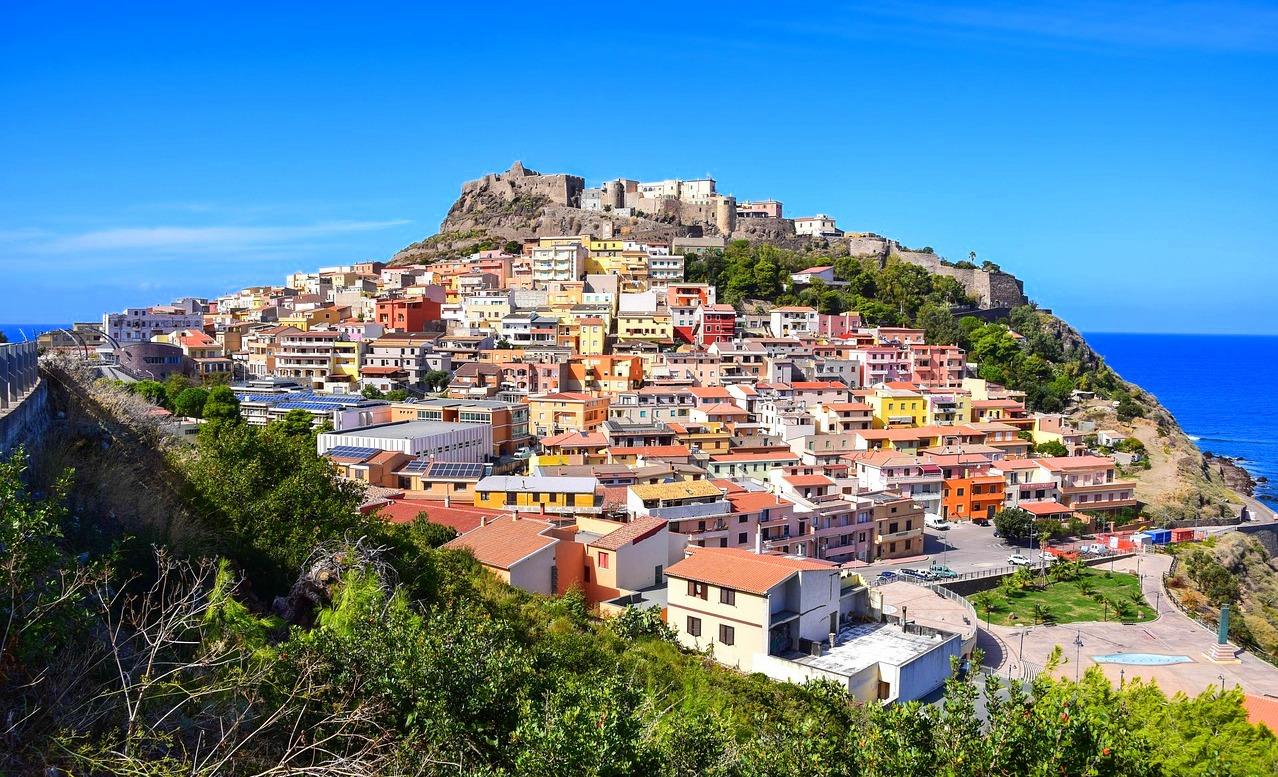
The neighboring, tiny island of Asinara, known as the "Sardinian Alcatraz" due to its former maximum-security prison, is home to a population of albino donkeys of unknown origin. Sardinia's main industries are manufacturing, food processing, agriculture, fishing, and tourism. About 10 million tourists visit the island every year, and the locals, who have strong family values, are friendly to foreigners. In addition to Italian, visitors can hear the ancient Sardinian language, which is gradually disappearing. Sardinia has the highest percentage of centenarians in the world, with an average life expectancy of 81 years.
Towns and villages hold annual costume festivals featuring folk songs and dances. The heroes of local legends and fairy tales have their roots in pagan times. The island's cuisine mainly consists of seafood, meat, vegetables, and local cheeses. Sardinian saffron, known as "red gold," is one of the world's most valuable and expensive spices. Cannonau wine, made from one of the oldest grape varieties, is the most antioxidant-rich wine. The island's population density is one of the lowest in the EU. This is why the Italian government is encouraging foreigners to move to Sardinia by offering grants and benefits. Disadvantages include poor road infrastructure, poorly equipped beaches with intrusive vendors, and higher prices than on the mainland.
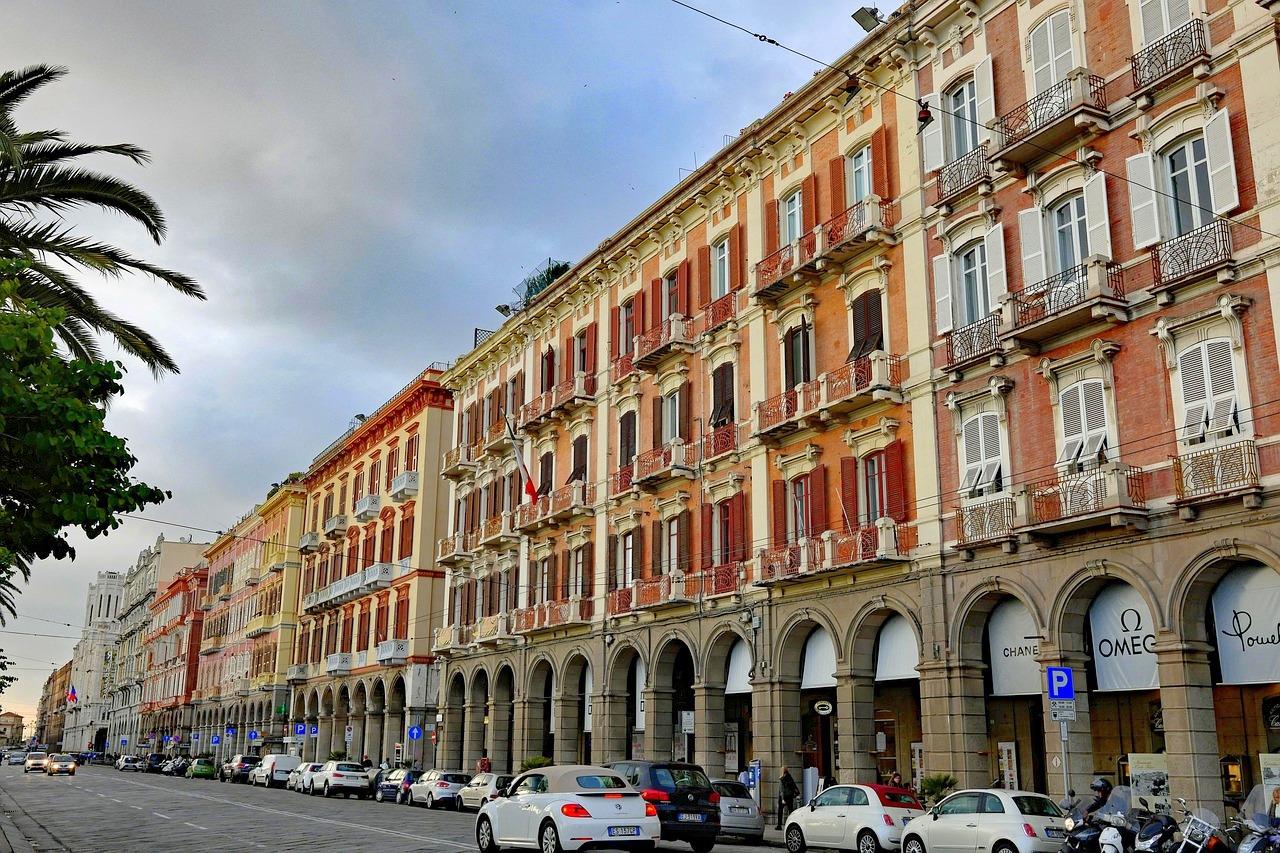
Crete
Crete's population is about 650,000, and Heraklion's quality of life index is 167. Average prices for basic goods and services in Heraklion, the administrative center:
- Apartment rental (one bedroom):
- Center: €400–€500 per month, other areas: €320–€400 per month
- A three-course lunch for two at a mid-range restaurant costs €50.
- A bottle of water (0.33 liters): €0.50.
- White bread in a shop (500 g): €1.3;
- A trip on public transportation costs €1.4.
- Gasoline (1 liter): €1.85.
- Basic utilities for an 85 m² apartment per month: €186.
- Standard mobile phone tariff (per month): €20
Crete, the largest and most populous of the Greek islands, has been shrouded in myths and legends since ancient times. According to legend, Zeus, Artemis, Icarus, and the Minotaur were born here. The island is also the birthplace of the renowned artist El Greco and the composer Mikis Theodorakis. Crete is considered the cradle of European civilization, and Knossos is considered the oldest city on the continent.
The name of this land first appeared in Homer's immortal work, The Odyssey. At the beginning of the last millennium, Crete served as a hideout for Saracen pirates who terrorized the Mediterranean Sea. Throughout its long history, the island has been a coveted target for colonizers, the last of whom were the Ottoman Turks. In December 1913, Crete became an integral part of Greece, a country that carefully preserves its cultural heritage. Local attractions include the Heraklion and Chania archaeological museums, the Palace of Knossos, the Maritime Museum of Crete, and the country's largest aquarium.
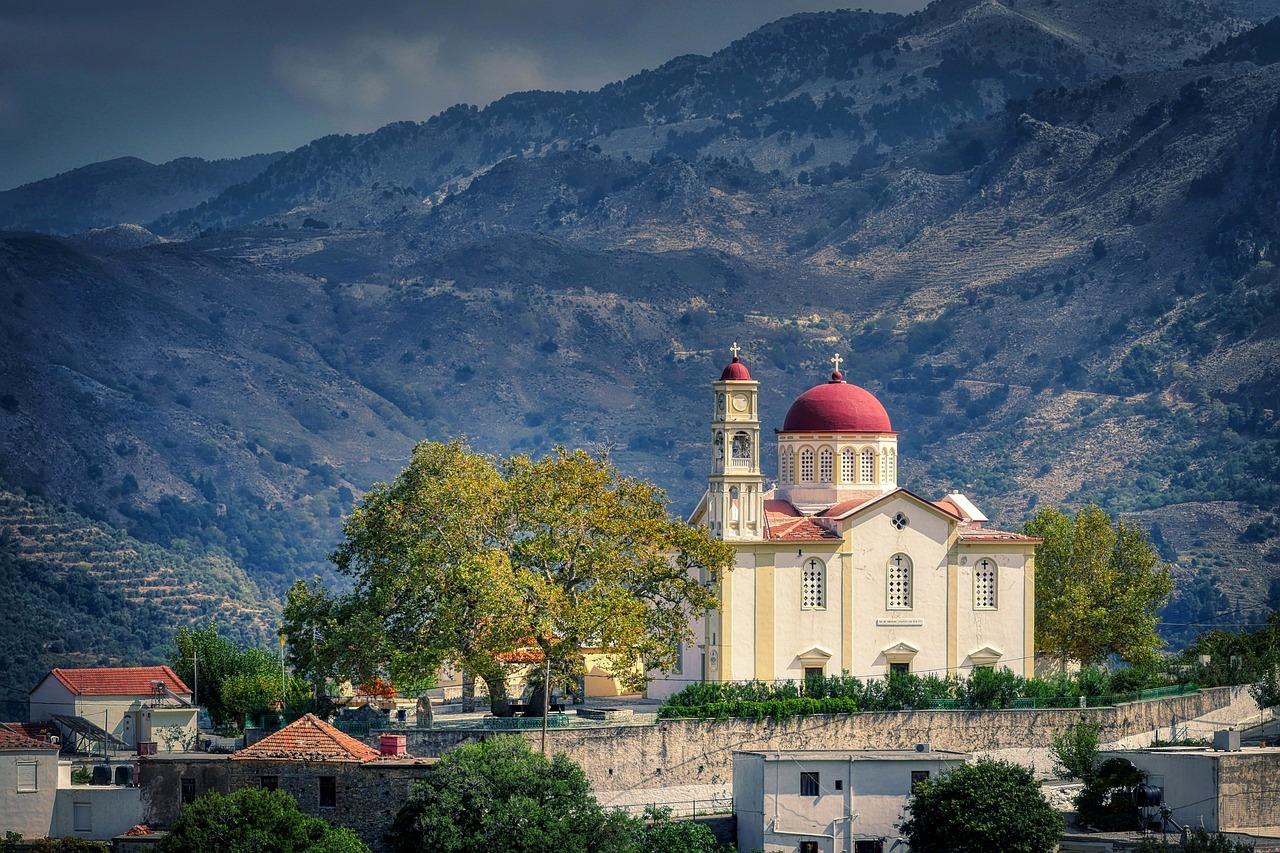
The island, where it sometimes snows in the mountains, is officially recognized as the southernmost point of Europe. Its mountainous terrain, dotted with numerous gorges, harmonizes with valleys covered in an array of flora, including dense palm forests and some of the world's oldest olive trees. According to Hippocrates, the island's air works wonders and heals the sick. The region has a rich fauna, and unlike the rest of Greece, there are no harmful animals. Tourism is the mainstay of the economy; 20% of foreign tourists to Greece arrive via Heraklion Airport. Additionally, the island has developed livestock farming, viticulture, cheese making, horticulture, and leather processing. The hospitable population carefully preserves centuries-old traditions and strives to enrich its cultural heritage. Musical instruments such as the lyre, lute, and harp were invented here. Local dishes use ingredients typical of the entire region, and the Cretan specialty antikristo demonstrates the traditional technique of cooking lamb. Men love to own and shoot firearms. Despite these preferences, the local crime rate is one of the lowest in Europe. Disadvantages include bureaucracy, poor traffic culture, and a high percentage of smokers.
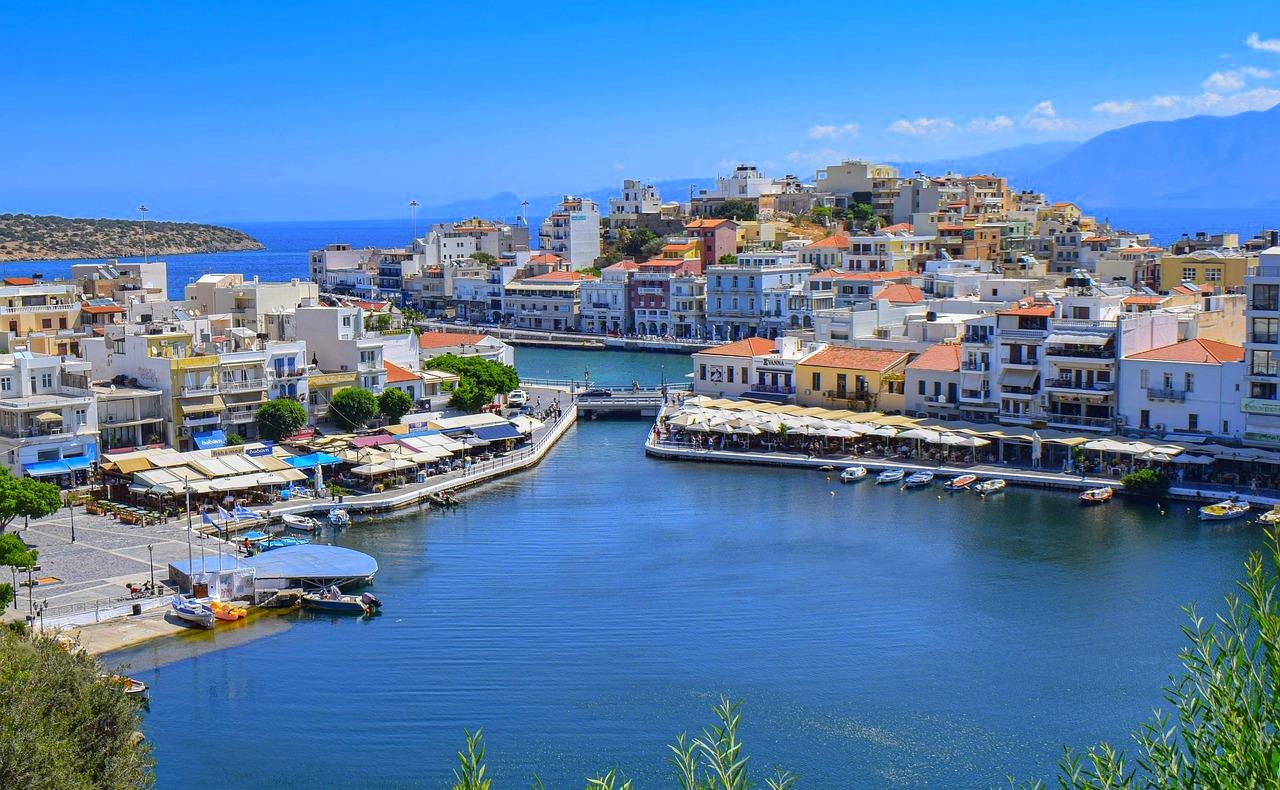
Mallorca
Mallorca's population is approximately 650,000, and Palma de Mallorca's quality of life index is 177. The average prices of basic goods and services in Palma de Mallorca, the administrative center, are as follows:
- Apartment rental (one bedroom):
- Center: €900–1,500 per month, other areas: €750–1,000 per month
- Lunch for two with three courses in a mid-range restaurant: €55
- Lunch for two with three courses at a mid-range restaurant costs €55.
- Bottle of water (0.33 L): €2.40.
- White bread in a shop (500 g): €1.3;
- City transport: €2.
- Gasoline (1 liter): €1.50.
- Basic utilities for an 85 m² apartment per month: €200.
- Standard mobile phone tariff (per month): €20.
Mallorca, the largest of the Spanish Balearic Islands, is one of the most popular European resorts. Like all large Mediterranean islands, it has experienced several invasions, each of which has left its mark on the local culture and architecture. The most famous local architectural monument is La Seu Cathedral in Palma de Mallorca. Designed by the renowned architect Antoni Gaudí in the Gothic style, it is listed as a UNESCO World Heritage Site. The cathedral's 13-meter-diameter rose window is the largest in the world and is illuminated by a light show twice a year on public holidays. The island is home to Belvedere, the only round castle in Europe and one of the oldest.
Another tourist attraction is the sea cave Sa Gleda. When sunlight penetrates its underwater entrance, it disperses into a heavenly glow, creating a mysterious atmosphere. The administrative center is Palma de Mallorca, a lively city with art galleries, museums, luxury hotels, and boutiques. Since the 1960s, the island has experienced a tourism boom, leading to rapid infrastructure development. For reference, about 20 million tourists visit the island every year.
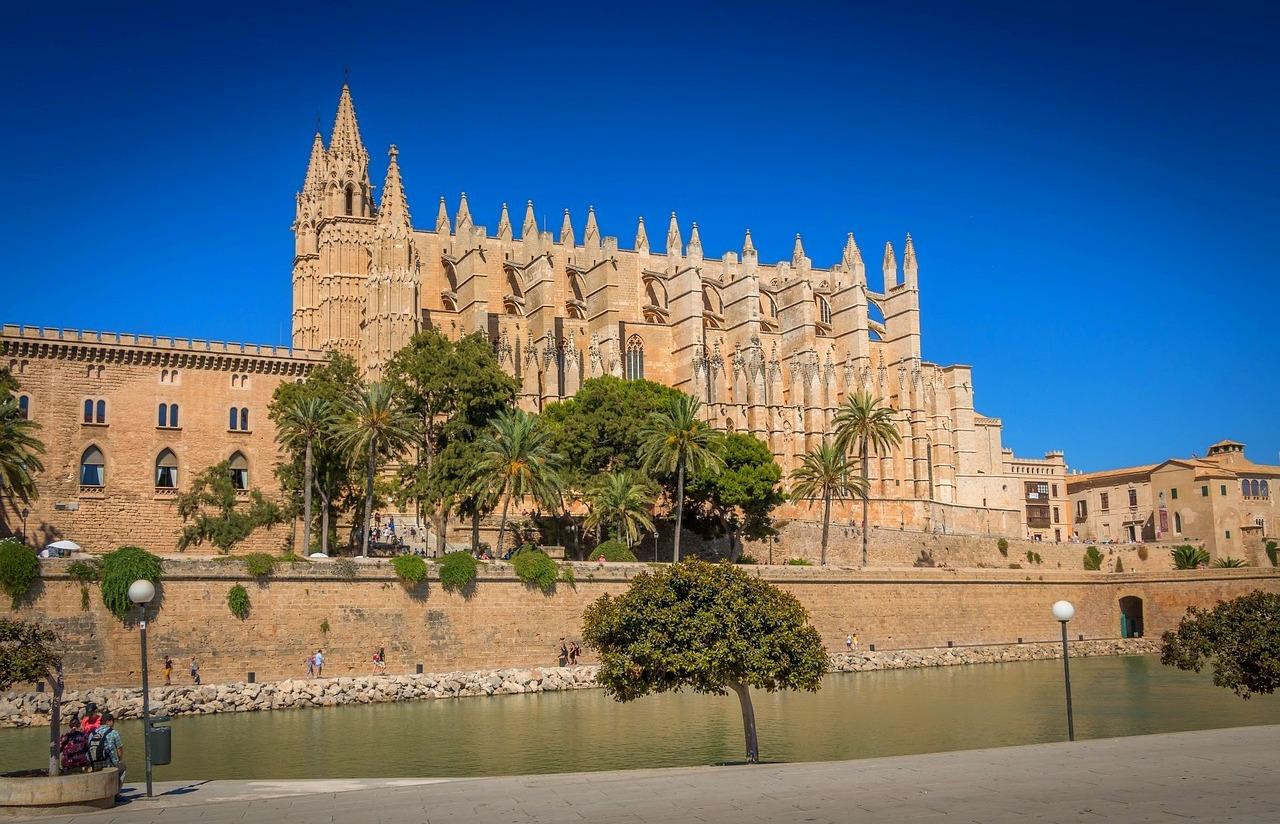
In addition to tourism, the island's economy relies on agriculture, food production, footwear production, fishing, and mineral extraction. With more than 2,500 cafes and restaurants, Mallorca is rightly considered the gourmet capital of the Mediterranean. Traditional local dishes include saffron rice with chicken and pork with vegetables. Notably, Majorcan sausage, called salsiccia, and sweet pastries called ensaimadas have been awarded Protected Geographical Indication (PGI) status by the EU.
The island boasts magnificent beaches, a vibrant nightlife, and a variety of sports, including tennis, cycling, yachting, and diving. Mallorca has two official languages: Spanish and Catalan. Many famous people are associated with this corner of the world.
The Polish composer Frédéric Chopin and the French writer Amantine Lucile Aurore Dupin, who wrote under the pseudonym George Sand, once lived here. Agatha Christie, Jorge Luis Borges, and the English poet Robert Graves visited the island; Graves settled there permanently. World tennis champions Rafael Nadal and Carlos Moyá; composer Joan Valent; and director Toni Bestard were born in Mallorca. Many world celebrities own property on the island, including Michael Douglas and Catherine Zeta-Jones, Nadia Swarovski, and Til Schweiger. Among them are Michael Douglas and Catherine Zeta-Jones; Nadia Swarovski, heiress to the Austrian crystal empire; and German actor Til Schweiger. The fiery local dances, Cossiers and Correfoc, reflect the character of the inhabitants, and musical harmony centers around instruments such as bagpipes and xylophones. The island hosts the annual Evolution Mallorca Film Festival, which attracts more and more attention from film industry representatives and movie stars each year. Cons: high cost of living, overcrowding during the season, and traffic chaos.
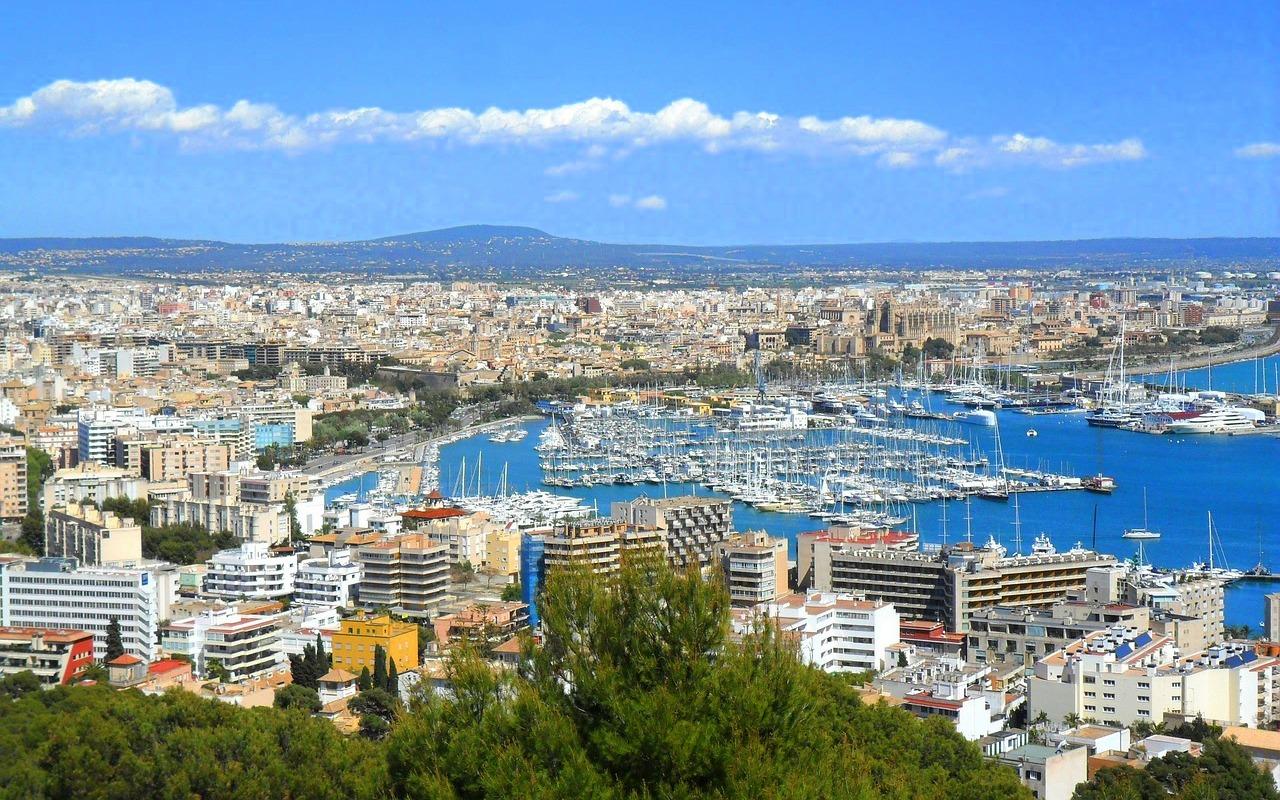
Malta
Malta has a population of about 545,000, and the quality of life index in Valletta is 136. Average prices for basic goods and services in Valletta:
- Apartment rental (one bedroom):
- Center: €900–1,400 per month, other areas: €700–1,000 per month
- A three-course lunch for two at a mid-range restaurant costs €60.
- A bottle of water (0.33 liters): €1.75.
- White bread in a shop (500 g): €1.20;
- A trip on public transportation costs €2.50.
- Petrol (1 liter): €1.35.
- Basic utilities for an 85 m² apartment per month: €83.
- Standard mobile phone tariff (per month): €24.
The Republic of Malta comprises five islands and is conveniently located at the crossroads of sea routes. Due to its small size, foreigners may get the impression that all Maltese people know each other. Today, Malta, an island where colonizers built naval bases for centuries, is the first stop for waves of illegal migrants from Africa and the Middle East. In 1530, Emperor Charles V of Habsburg granted Malta to the Order of Hospitallers, who are now known as the Order of Malta.
The islands gained independence in 1964 and joined the European Union in 2004, alongside Cyprus. Malta was the site of a historic meeting between U.S. President George H. W. Bush and Soviet General Secretary Mikhail Gorbachev, which ended the Cold War. The region has a high population density, as well as a high density of cars. The multicultural capital of Valletta is listed as a World Heritage Site. It is one of the first planned cities in Europe and is home to numerous architectural monuments. Some of these monuments predate the Egyptian pyramids at Giza. Outstanding architectural creations include the famous ancient Temple of Hal Saflieni, which is included on the UNESCO World Heritage List; St. John's Cathedral; the Palace of the Grand Master; and many others.
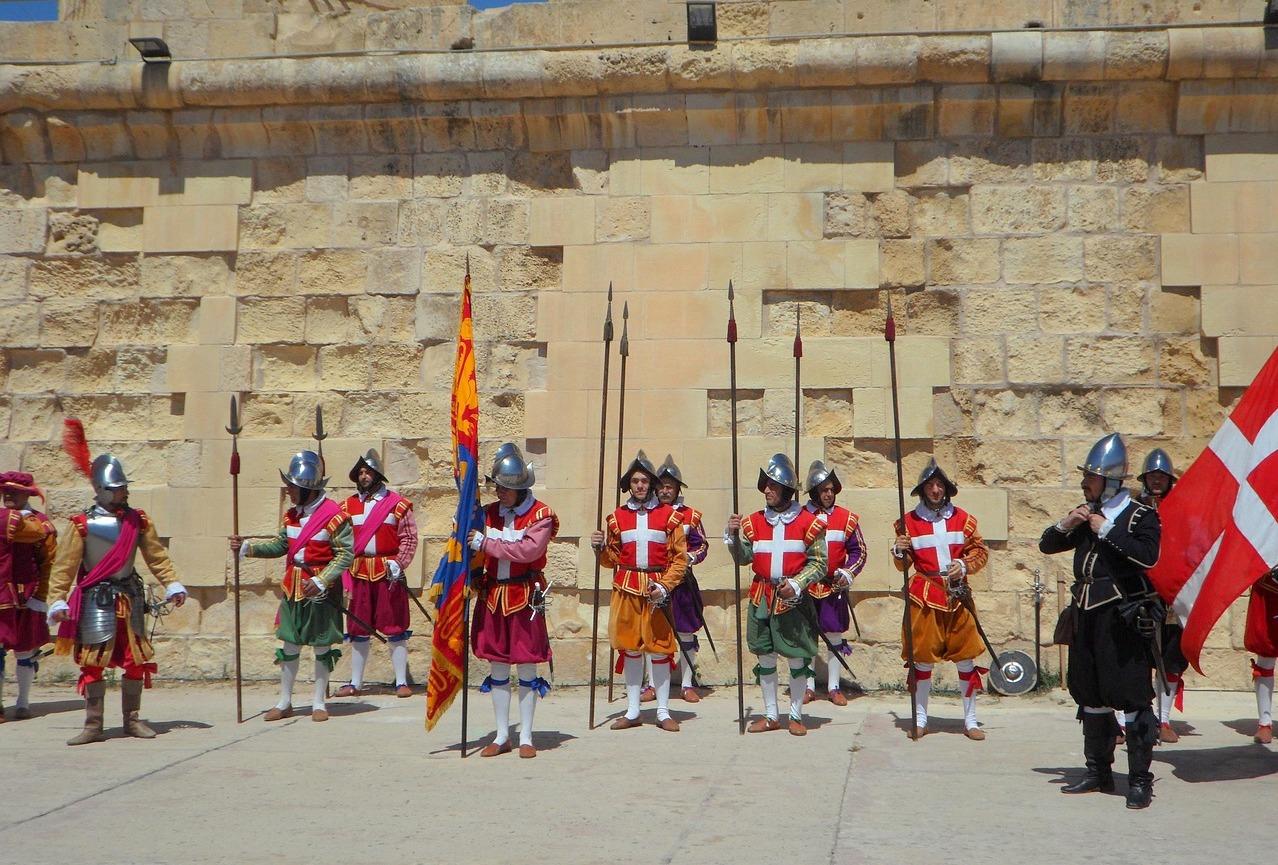
The island is mostly flat with no mountains or rivers. Maltese cuisine, whose signature dish is rabbit stew with potatoes, has strong Sicilian and Italian influences. Foodies can also enjoy pastizzi, a local fried pastry filled with ricotta or peas. In some cities, you can still find vans selling bread, doughnuts, and ice cream. The country's leading industry is tourism, including medical tourism. Alternative energy, aviation services, microelectronics, and programming have also developed here. Malta is a popular place for digital nomads to live. The country is actively involved in the European aerospace program.
The island's proximity to both Africa and Europe has significantly influenced its culture. The famous Italian artist Caravaggio painted seven of his canvases here. Malta is a popular film location, with movies such as Gladiator, The Da Vinci Code, Murder on the Orient Express, and the TV series Game of Thrones having been filmed there. For this reason, Malta is called the "island of blockbusters." The friendly and boisterous Maltese people love the Eurovision Song Contest, and they send their most talented performers each time with hopes of winning. Maltese people seem to have singing in their blood, as evidenced by popular singers with local roots, such as Bryan Adams and Britney Spears. The Maltese Carnival is an important event in the cultural calendar. It includes costume parades, mask competitions, marching bands, and lavish parties that last until dawn. Soccer is the local population's favorite sport, with fans supporting either Italian or English clubs.
Disadvantages include a lack of fresh water, noisy locals, large insects, and scorpions.
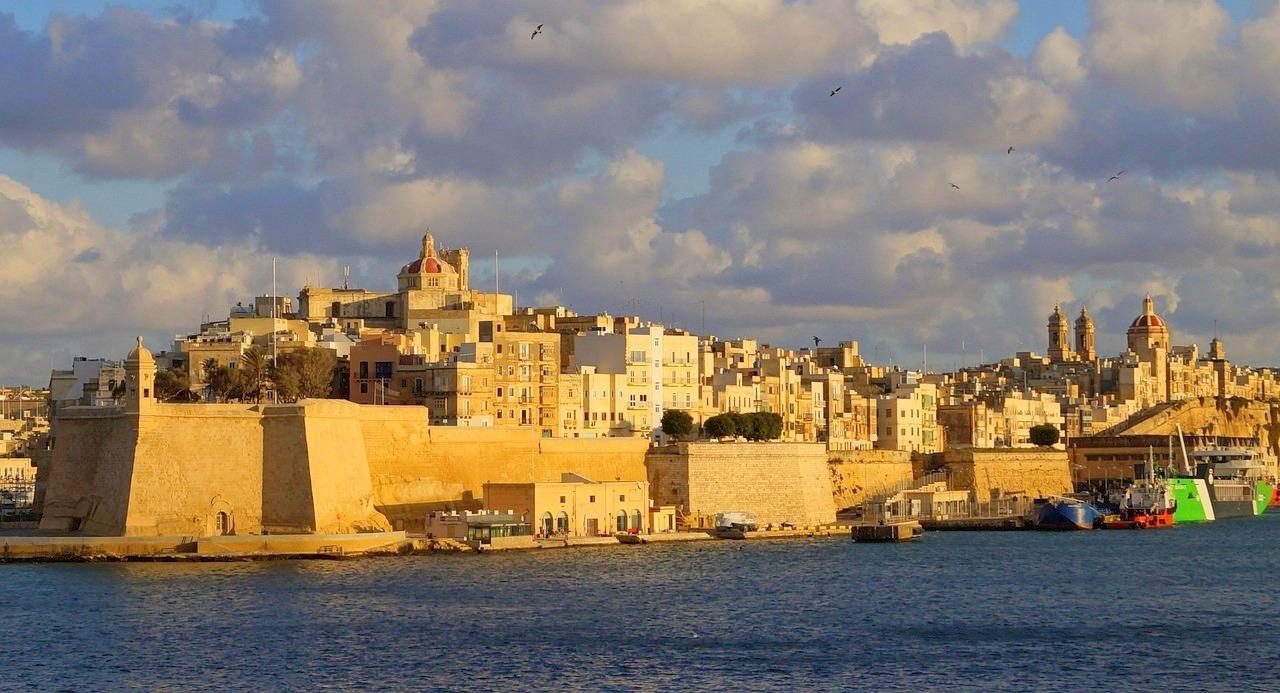
Cyprus
Cyprus has a population of about 1.3 million, and Nicosia has a quality of life index of 153. Average prices for basic goods and services in Nicosia:
- Rent for a one-bedroom apartment per month: €550–800 in the city center and €400–700 in other areas.
- A three-course lunch for two at a mid-range restaurant costs €60.
- A bottle of water (0.33 liters) costs €0.7.
- White bread (500 g) in a shop: €1.7.
- Travel on public transportation costs €2.4.
- Petrol (1 liter): €1.4.
- Basic utilities for an 85 m² apartment per month: €200.
- Standard mobile phone tariff (per month): €20.
The Republic of Cyprus is located on the easternmost island in the Mediterranean Sea. According to the poet Leonidas Malenis, the island is "made up of mountain ranges, fertile valleys, and long sandy beaches." During the Roman protectorate, commander Mark Antony gave these lands to the Egyptian queen Cleopatra. Its long colonial history ended with liberation from British rule in 1960. After a coup d'état on July 15, 1974, the island has remained divided into north and south. Cyprus has preserved many historical and architectural monuments, most of which are concentrated in the Paphos area, a medieval center of trade and production that is listed as a UNESCO World Heritage Site. Outstanding examples of ancient architecture in this region include the churches of Agia Kyriaki and Saint Paraskevi, the Royal Tombs, Paphos Castle, and the Neophytos Monastery.
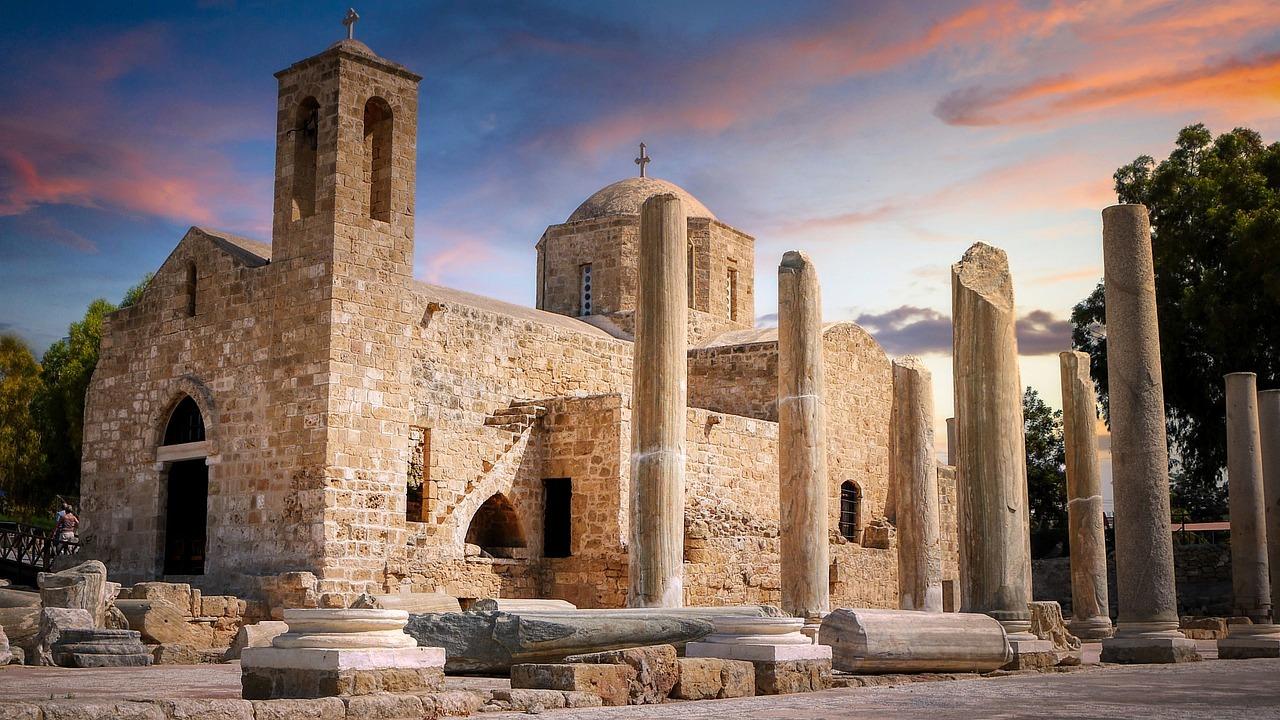
Cyprus boasts the southernmost ski resort in the Northern Hemisphere, and around 10,000 flamingos land here every autumn during migration. Another interesting fact is the large population of cats and the existence of a "specialized" monastery in Limassol. Cyprus is a popular destination for seaside vacations, offering picturesque beaches and a well-developed tourism industry. Additionally, the economy is based on construction, agriculture, shipping, and banking services. Cyprus is considered the birthplace of the world's first wine production, perfumery, and possibly cauliflower cultivation.
The local lace-making industry in Lefkara is recognized by UNESCO as national cultural heritage. In recent years, there has been rapid growth in high technology, fintech, and alternative energy development. Cyprus has become a popular place to live and work for digital nomads. The country has a high-quality primary and secondary education system, ranking first in the European Union in terms of the percentage of working-age citizens with higher education (30%). The island's inhabitants are hospitable and friendly towards foreigners, preferring a relaxed lifestyle. The traditional cuisine is delicious and varied. Popular dishes include meat souvlaki, meze with multiple components, and traditional halloumi cheese. For most Cypriots, caring for their families is their top priority. The most popular sports are soccer, basketball, tennis, yachting, and diving. The most famous athlete is Marcos Baghdatis, a Cypriot tennis player. Music and dancing are integral to island life, on both weekdays and holidays. Cons: the division of the island into two parts, bureaucracy, and public transportation.
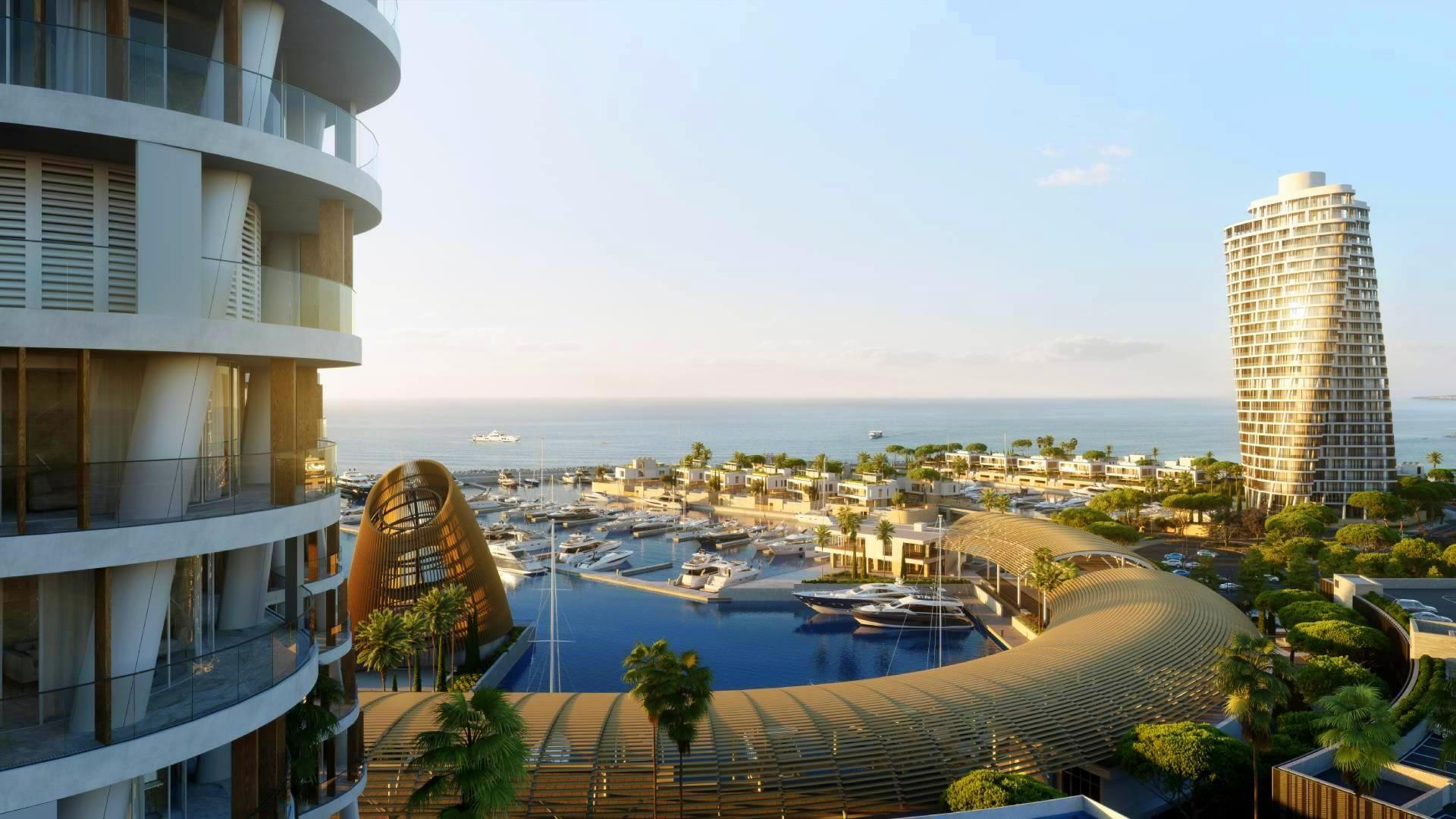
Read also:

